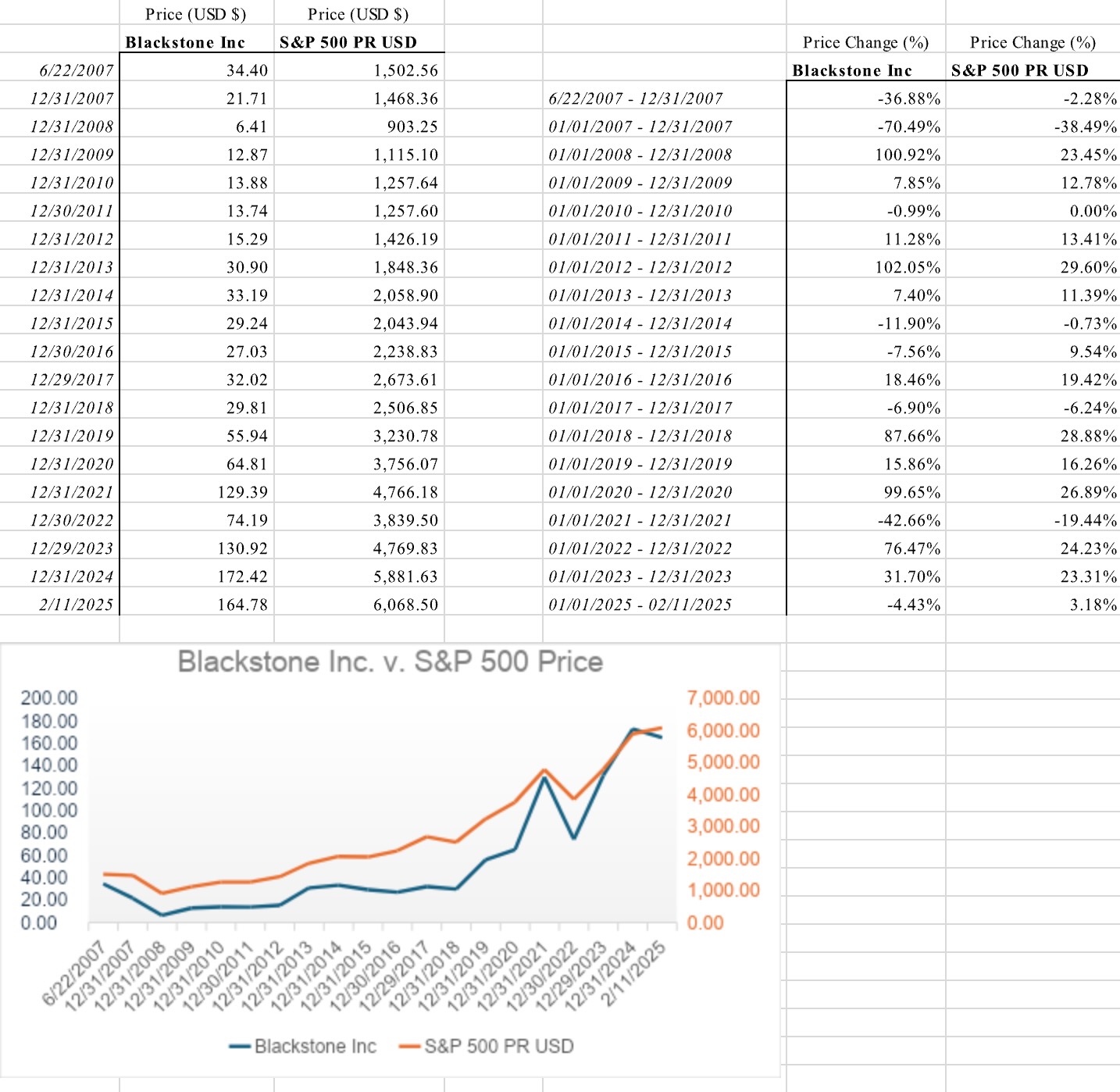There may be less to alternative investments than meets the eye

In the 1990s, David Swensen, chief investment officer at Yale University, helped popularize investing in alternative assets.
His choices during his 36-year tenure (1985-2021) running Yale’s endowment included private equity, hedge funds, real estate and natural resources, including timberland.
The universe of alternative investments basically includes everything but stocks and bonds – from hedge funds to art. Retail investors can get a piece of alternative investments by purchasing the stocks of alternative investment managers. So you’re getting a stake in non-public assets held on the balance sheets of publicly-traded companies.
Three of the top players are Blackstone (NYSE: BX), KKR (NYSE: KKR) and Apollo Management (NYSE: APO).
As for Swensen, his idea was to provide diversification to Yale’s portfolio of stocks and bonds, limiting risk and elevating returns.
Swensen certainly succeeded. He generated an annualized return of 12.5% during his tenure at Yale, beating the S&P 500 index, which returned 9.7%, according to Quantified Strategies, an investment information service.
Others follow Swensen
That success inspired a slew of followers. Alternative investments became the hot new theme for portfolio managers.
But things haven’t always worked out so well. Alternative investments tanked big-time during the financial crisis of 2007-09. It was an alternative investment – subprime mortgages – that sparked the meltdown.
The Yale portfolio tumbled 25% in the year ended June 2009. That was in line with the S&P 500’s 26% drop. However, Yale’s losses were much more severe relative to their expected risk level than were US equity losses, according to investment analyst Geoff Considine.
Some experts, such as Harvard economist Larry Summers, who was formerly Treasury Secretary, believe that alternative investments are basically a leveraged play on stocks. The thinking is that alternative investments outperform stocks when they’re rising and underperform stocks when they’re falling.
Blackstone Stock vs the S&P 500
To test that idea, let’s compare returns on alternative investments to returns on stocks. There’s not a widely-used index for alts, as they’re called, so we’ll use the stock of Blackstone as a proxy.
Blackstone is the world’s biggest alternative asset manager, with more than $1 trillion of assets under management. It invests in almost every corner of the alt world.
The charts below show Blackstone’s performance versus the S&P 500 since it went public in June 2007. For all but two of the full 17 calendar years since then, the stock and the index moved in the same direction. But in nine of those 17 years, Blackstone shares rose/fell at least 8 percentage points more than the S&P 500, and generally by a lot more.

So in this case, investment in alternative assets indeed often amounts to a leveraged play on stocks. That doesn’t mean you need to avoid alternative assets, just be aware of the potentially extreme moves.
The author owns shares of Blackstone.
